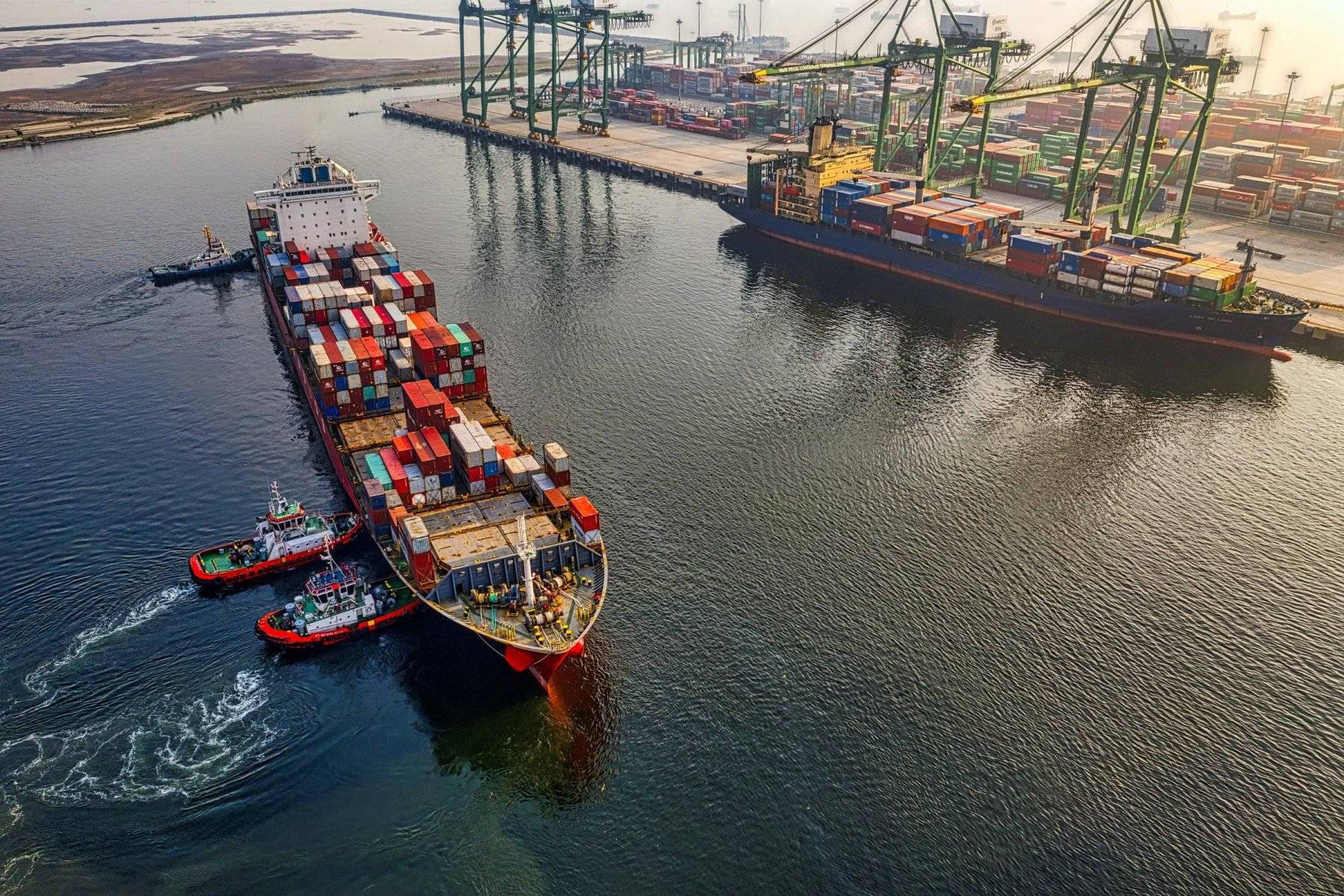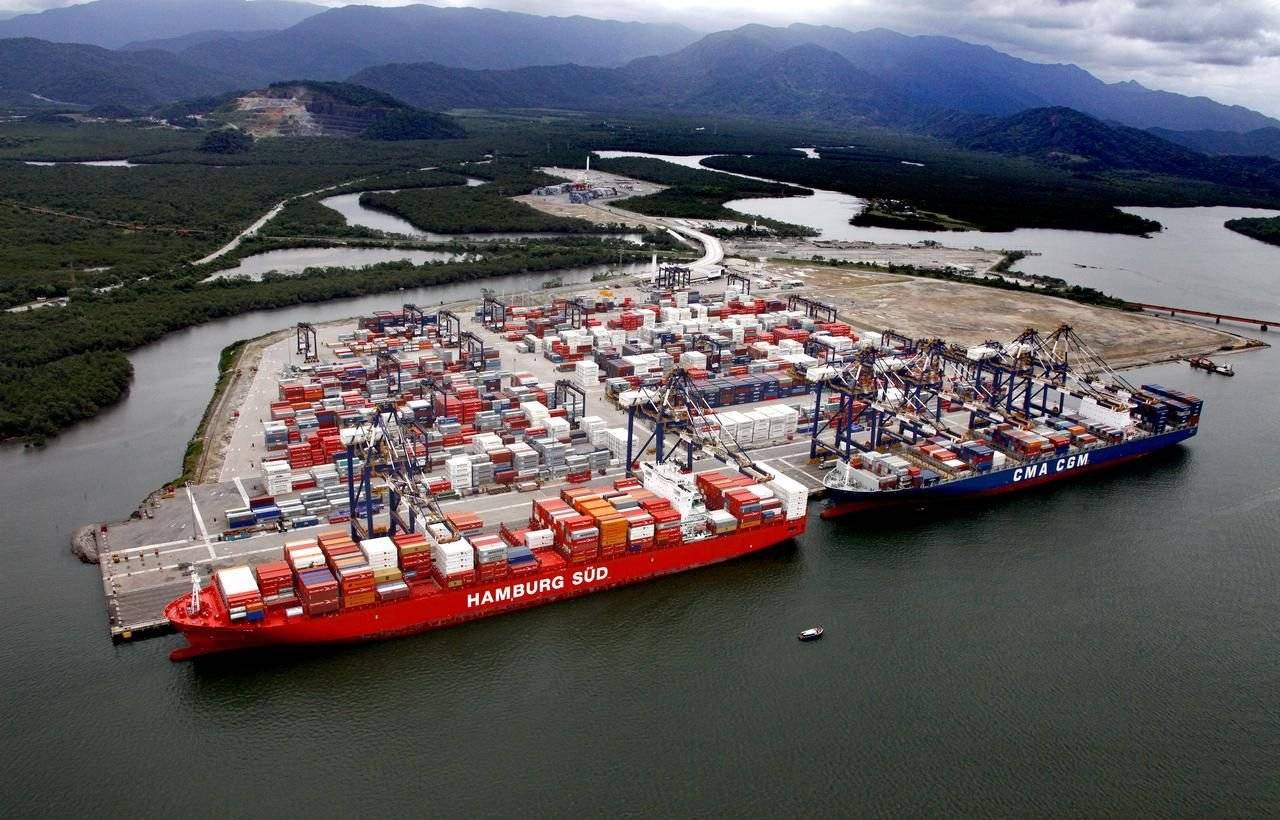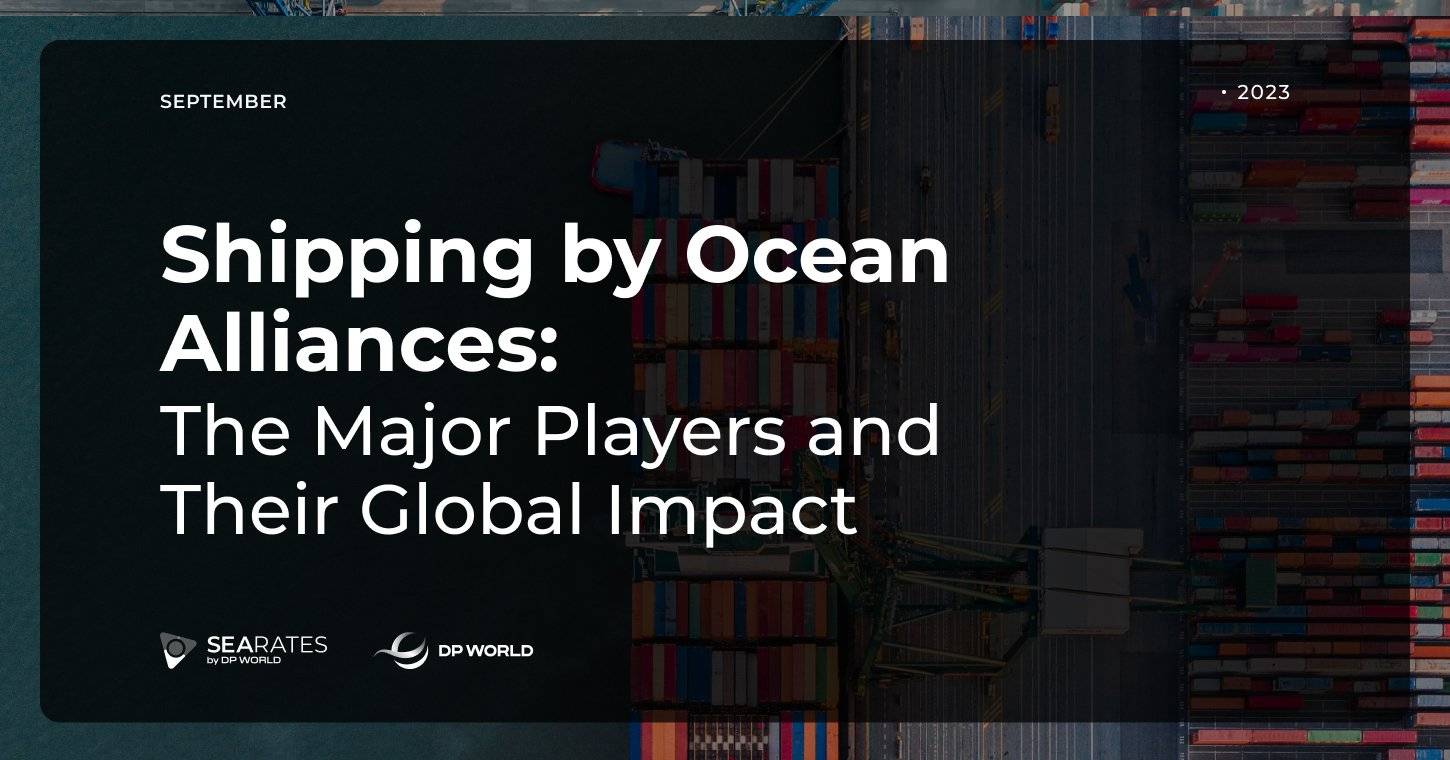The maritime shipping industry is a vast and intricate network that facilitates global trade. One of the most significant developments in this industry over the past few decades has been the formation of ocean alliances. These alliances, formed by some of the world's largest shipping lines, play a pivotal role in determining the dynamics of global shipping. In this article, we'll delve into the major ocean alliances and explore their influence on the global shipping landscape.
What are Ocean Alliances?
Ocean alliances are collaborative agreements between major container shipping lines. These agreements allow member lines to share vessels, port calls, and even entire trade routes. The primary objective behind forming these alliances is to achieve economies of scale, optimize capacity, and enhance service offerings, all while reducing operational costs.

The Major Ocean Alliances
There are three major ocean alliances that dominate the maritime shipping industry:
The 2M Alliance
Members: Maersk Line and Mediterranean Shipping Company (MSC).
The 2M Alliance controls a significant portion of the global container shipping market. With a combined fleet of hundreds of vessels, this alliance primarily operates in the East-West trades, covering Asia-Europe, Asia-North America, and transatlantic routes.
In 2023, Maersk and MSC announced their decision to quit the 2M alliance by 2025. This decision came after the alliance had been in place for a minimum term of 10 years, with a stipulated 2-year notice period for termination. The dissolution of the 2M alliance is bound to have ripple effects across the shipping sector. Together, Maersk and MSC command about one-third of the global container capacity.
The Ocean Alliance
Members: COSCO Shipping, Evergreen Line, CMA CGM, and OOCL.
Launched in 2017, the Ocean Alliance is one of the largest operational agreements ever made between shipping companies. With a vast network, it offers 40 maritime services and covers over 100 ports worldwide.
THE Alliance
Members: Hapag-Lloyd, Yang Ming, ONE (Ocean Network Express), and HMM.
THE Alliance provides a broad range of services across major trade routes. It focuses on offering competitive transit times and expanding its port coverage to meet the demands of its clientele. Founded in 2017, THE Alliance boasts 3.5 million TEUs, making up about 25% of global container capacity. By April 2020, with South Korea's HMM joining, their capacity grew by 519,000 TEUs, raising their market share to 30%.
Impact on Global Shipping
Ocean alliances have brought about several changes and impacts on the global shipping industry:
- Cost Efficiency. By sharing vessels and routes, alliance members can significantly reduce operational costs and avoid blank sailings, leading to more competitive freight rates for customers. Another way to reduce delivery costs is to digitalize processes. A whole set of tools from SeaRates will help you with this.
- Enhanced Service Offerings. Alliances enable shipping lines to offer more frequent sailings, better port coverage, and faster transit times.
- Stabilization of Freight Rates. Collaborative operations help stabilize freight rates, ensuring they don't fluctuate too wildly, which benefits both shippers and carriers.
- Environmental Benefits. By optimizing vessel usage and reducing the number of half-empty ships sailing, alliances can decrease carbon emissions, contributing to a more sustainable shipping industry.
While alliances offer numerous benefits, they also pose challenges for smaller shipping lines that aren't part of any major alliance. These companies might find it challenging to compete on major trade routes and may need to focus on niche markets or specialized services. If you're looking for a quote for less popular shipping routes, try using the 'Request a quote' form to get rates for even the most complex of situations.

The Advantages of Shipping Alliances for Freight Forwarders and Shippers
Shipping alliances not only benefit carriers by pooling resources and broadening their clientele but also offer tangible advantages to freight forwarders and shippers. These alliances lead to competitive pricing and expansive service coverage due to heightened competition among leading shipping lines. For example, when faced with two carriers offering similar rates, a shipper might opt for the one within an alliance known for reliability. When you select the best deal with the Logistics Explorer tool, it is very likely to be from one of the Shipping Alliances members.
Likewise, when comparing two carriers from the same alliance, decisions might hinge on additional perks like extended free time. In essence, these alliances amplify choices for shippers, driving down transportation expenses. This cost-saving can be a significant draw for freight forwarders to attract more clients and grow their operations. Since alliances have proven to be effective, we decided to create the DFA (Digital Freight Alliance) to bring the cooperation between freight forwarders to a new level. Join DFA, and you won’t miss out on any opportunities for your logistics business.
Conclusion
Ocean alliances have reshaped the maritime shipping industry, bringing opportunities and new challenges for smaller players. As global trade continues to evolve, these alliances will play a crucial role in determining the future dynamics of shipping. For shippers, understanding the workings and implications of these alliances is essential to navigate the complex waters of global trade effectively.
Contact our team at it.sales@searates.com to find out more about integrating IT solutions into your transportation operations.

